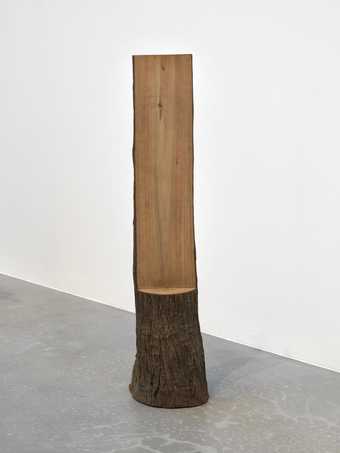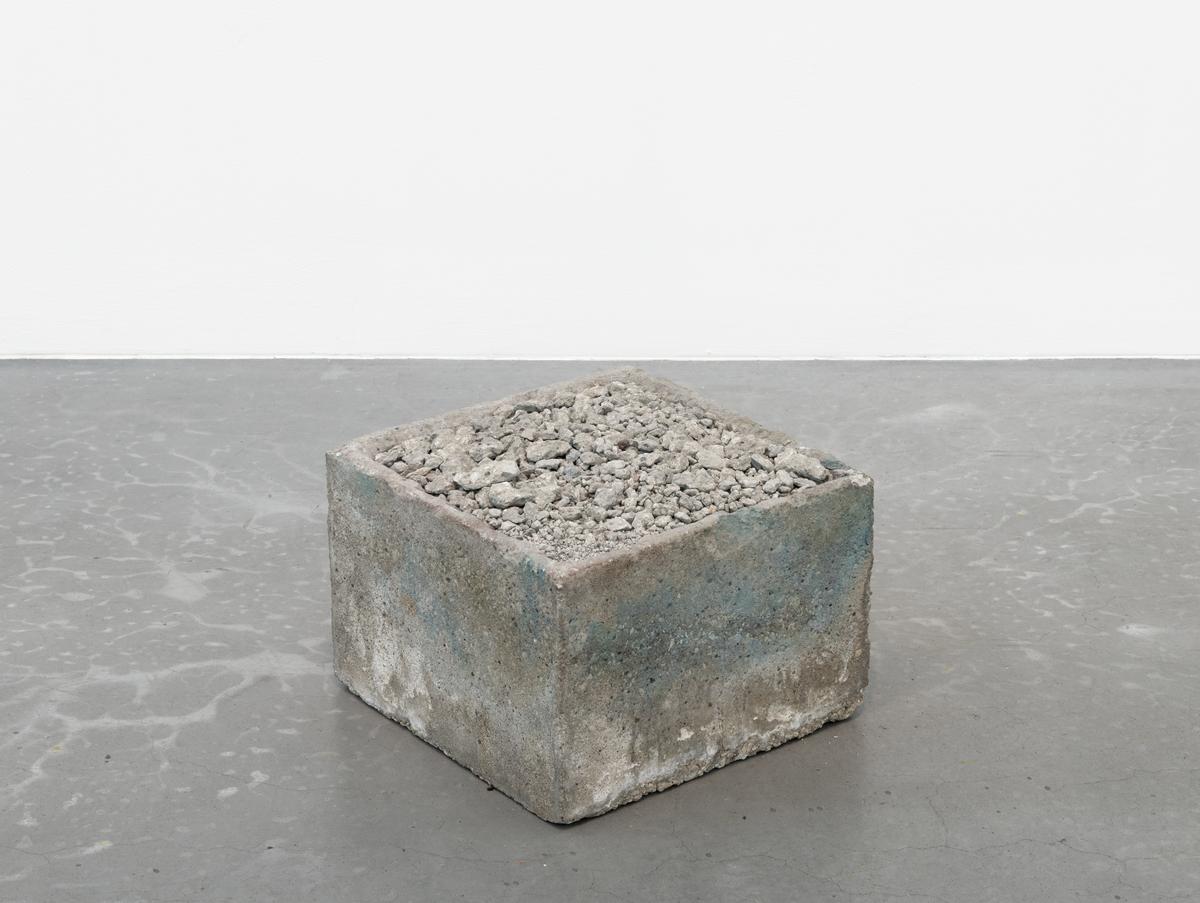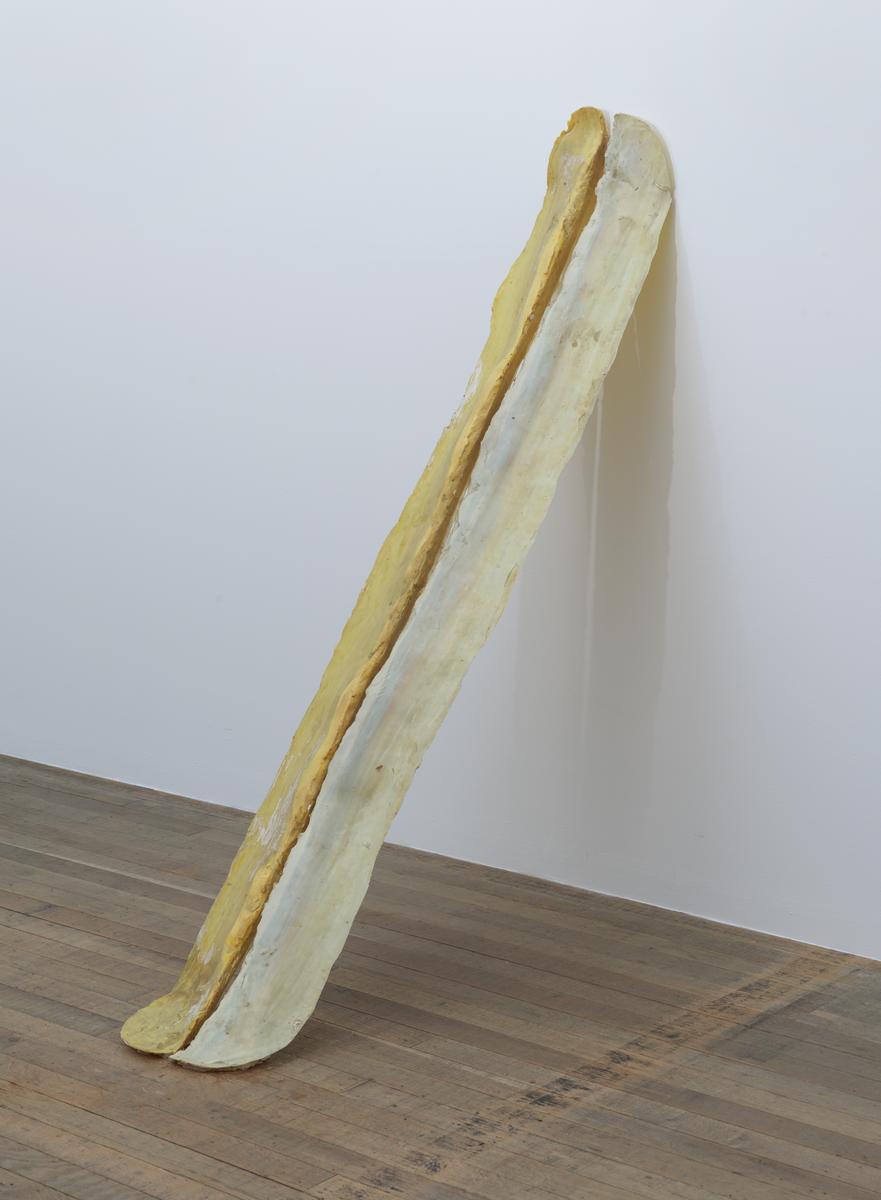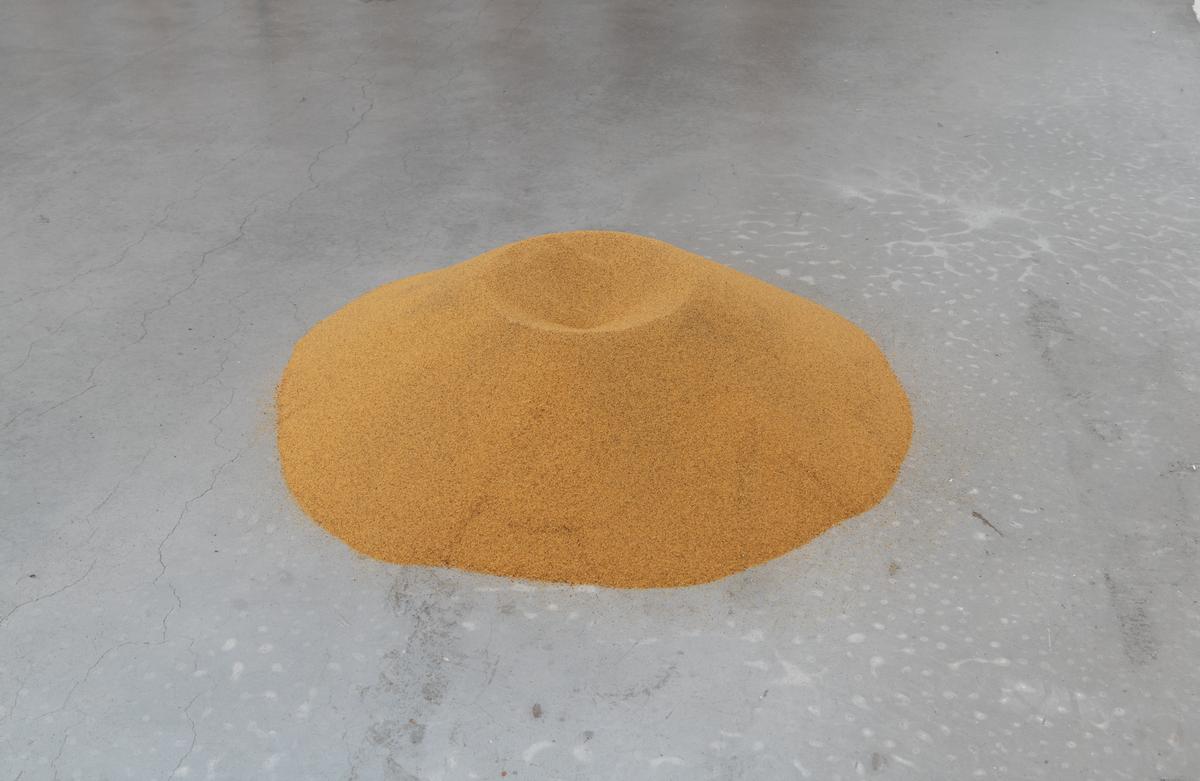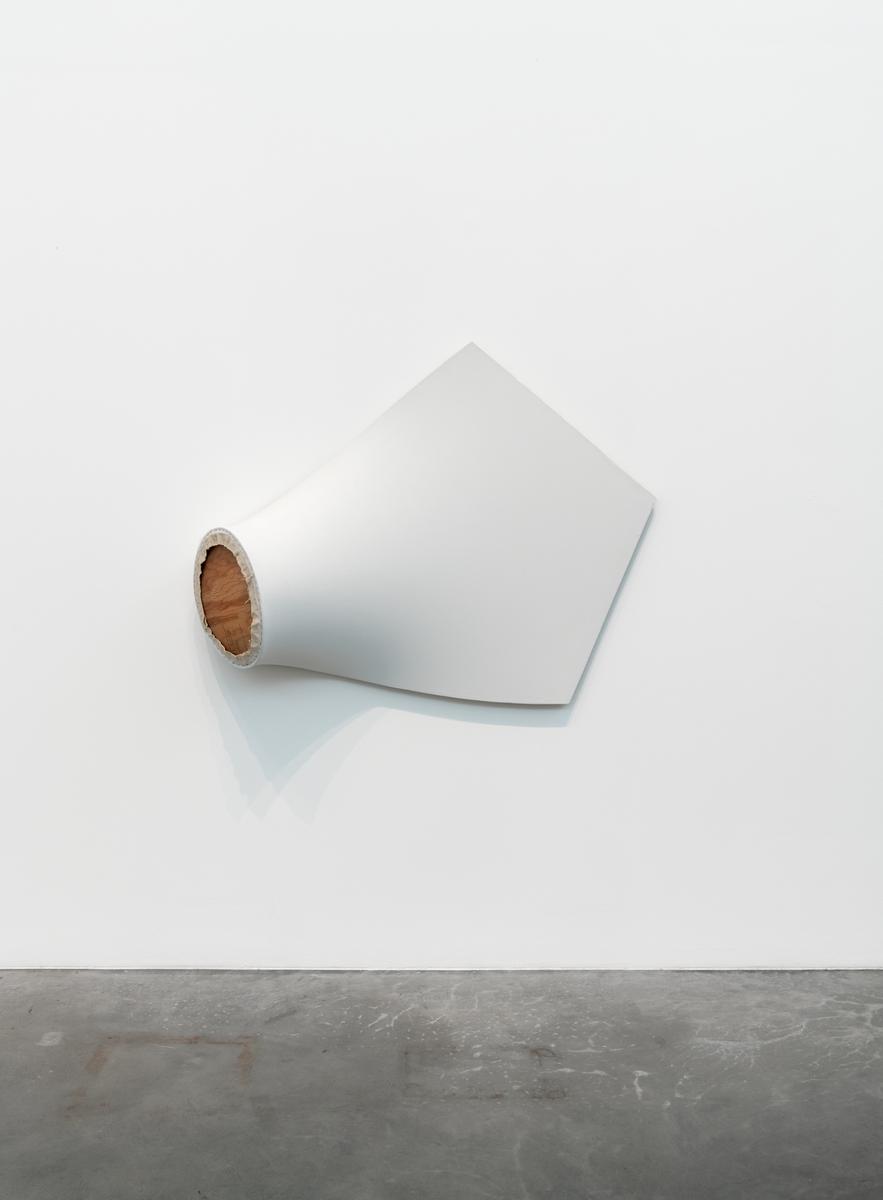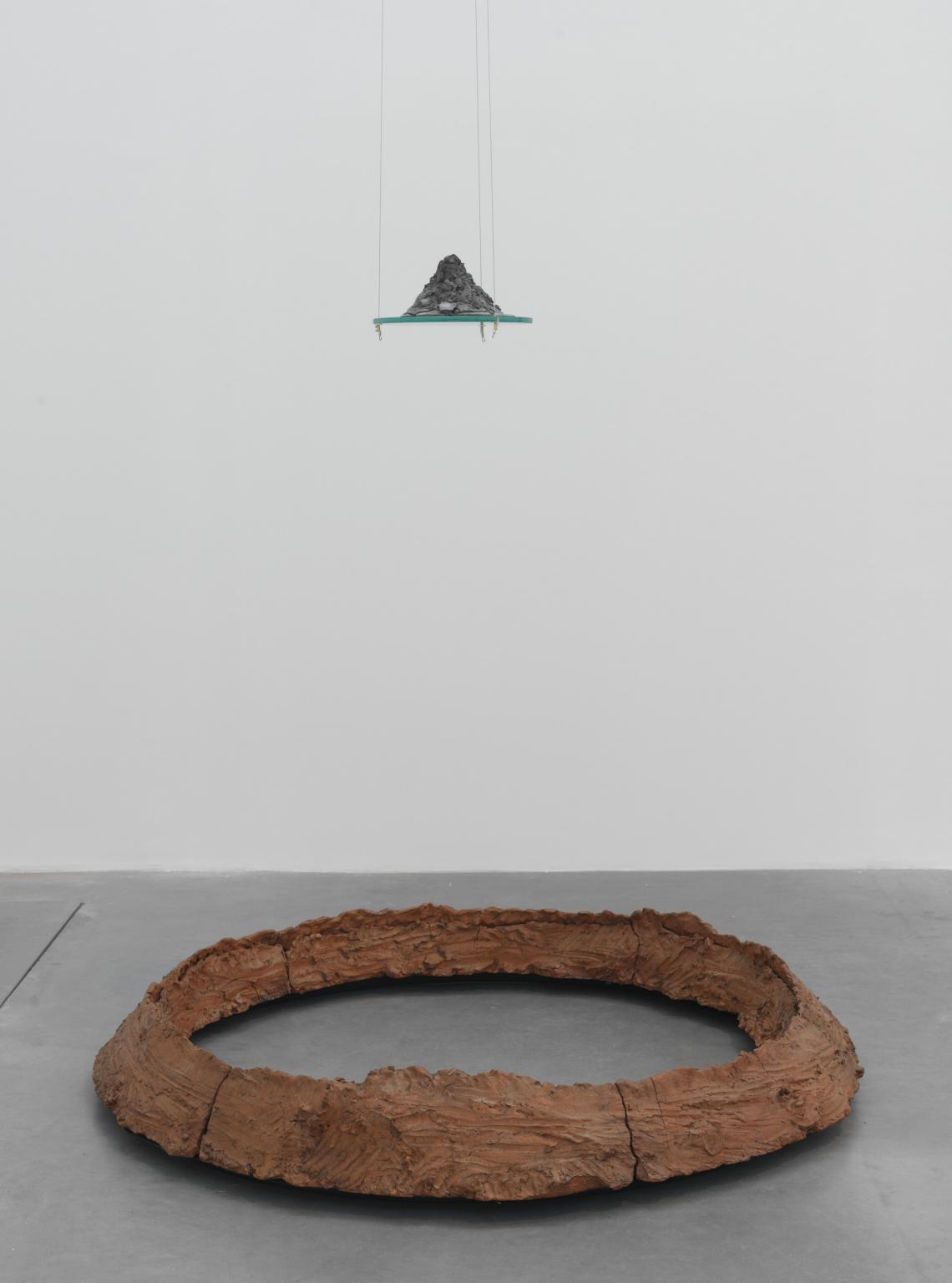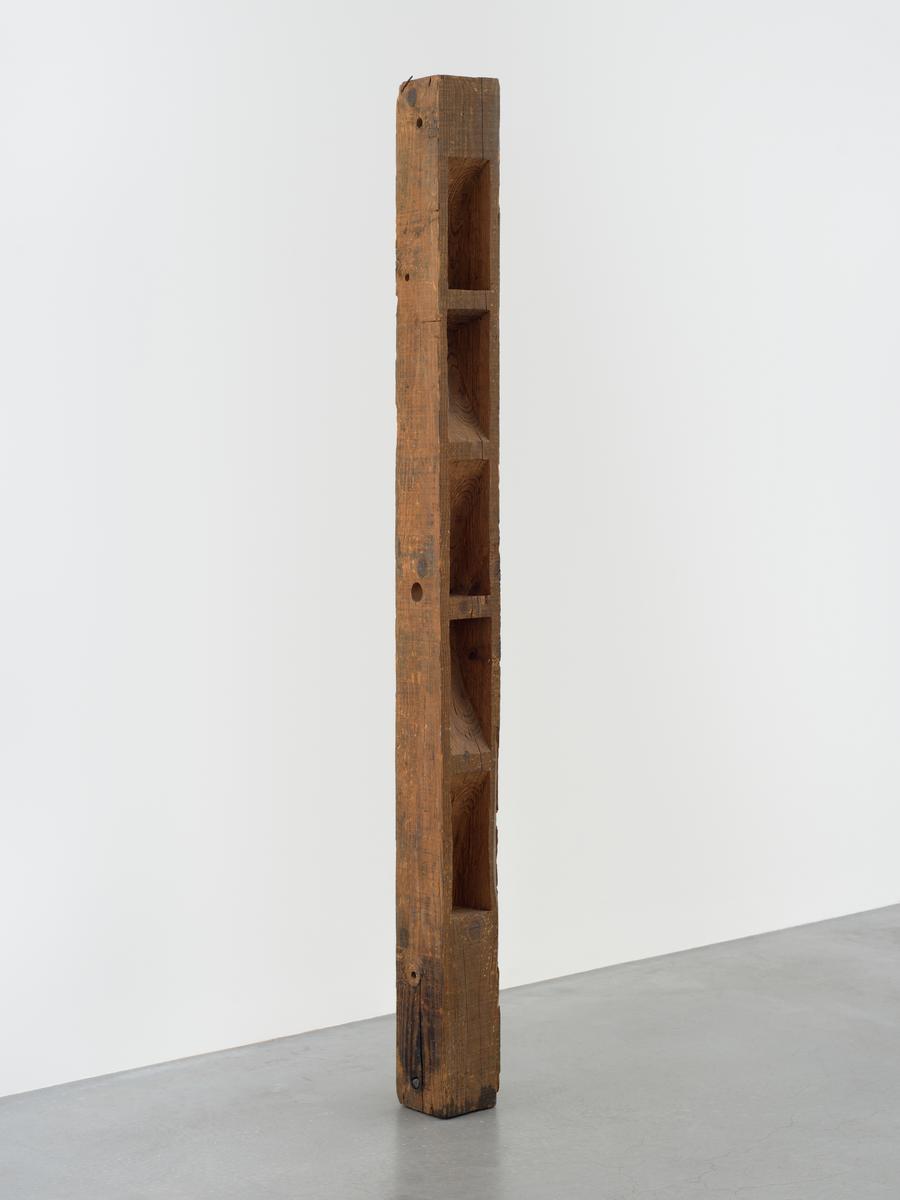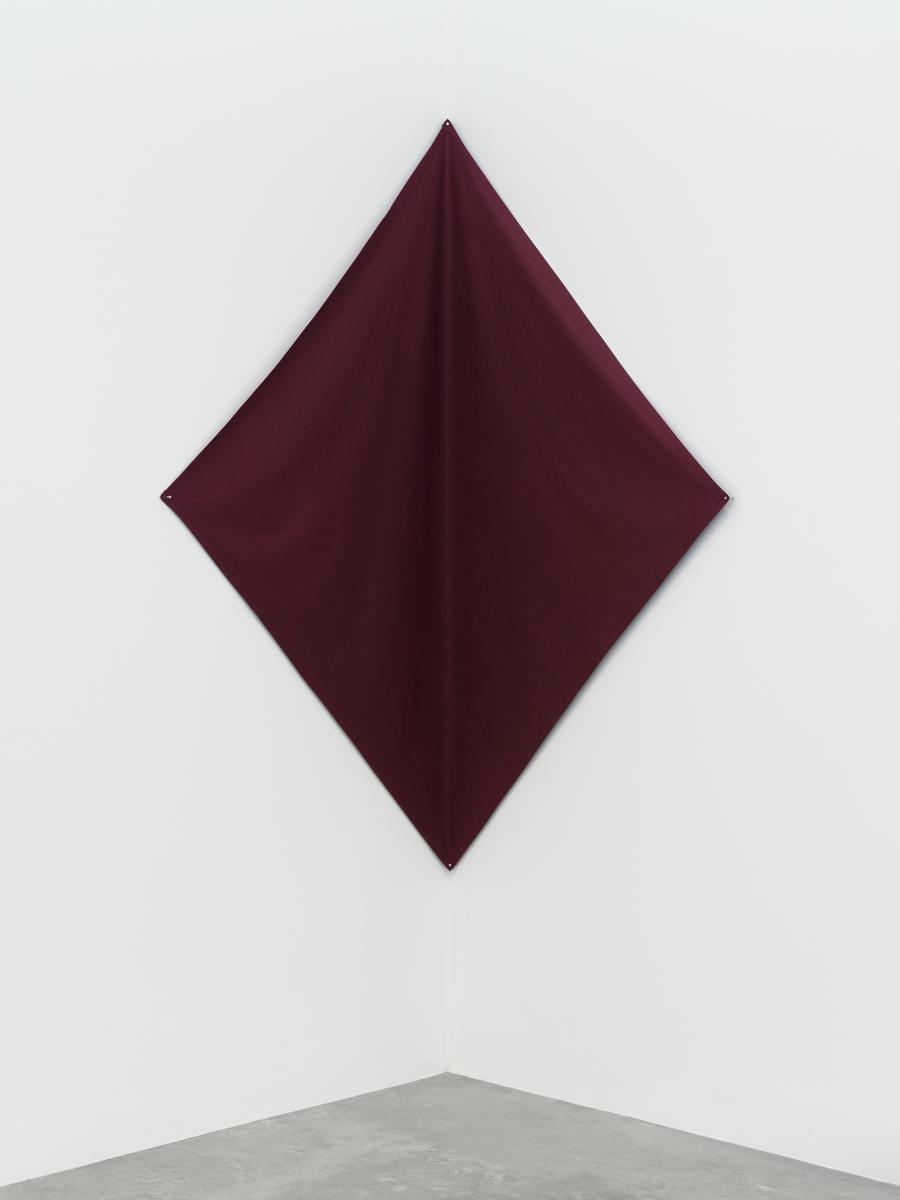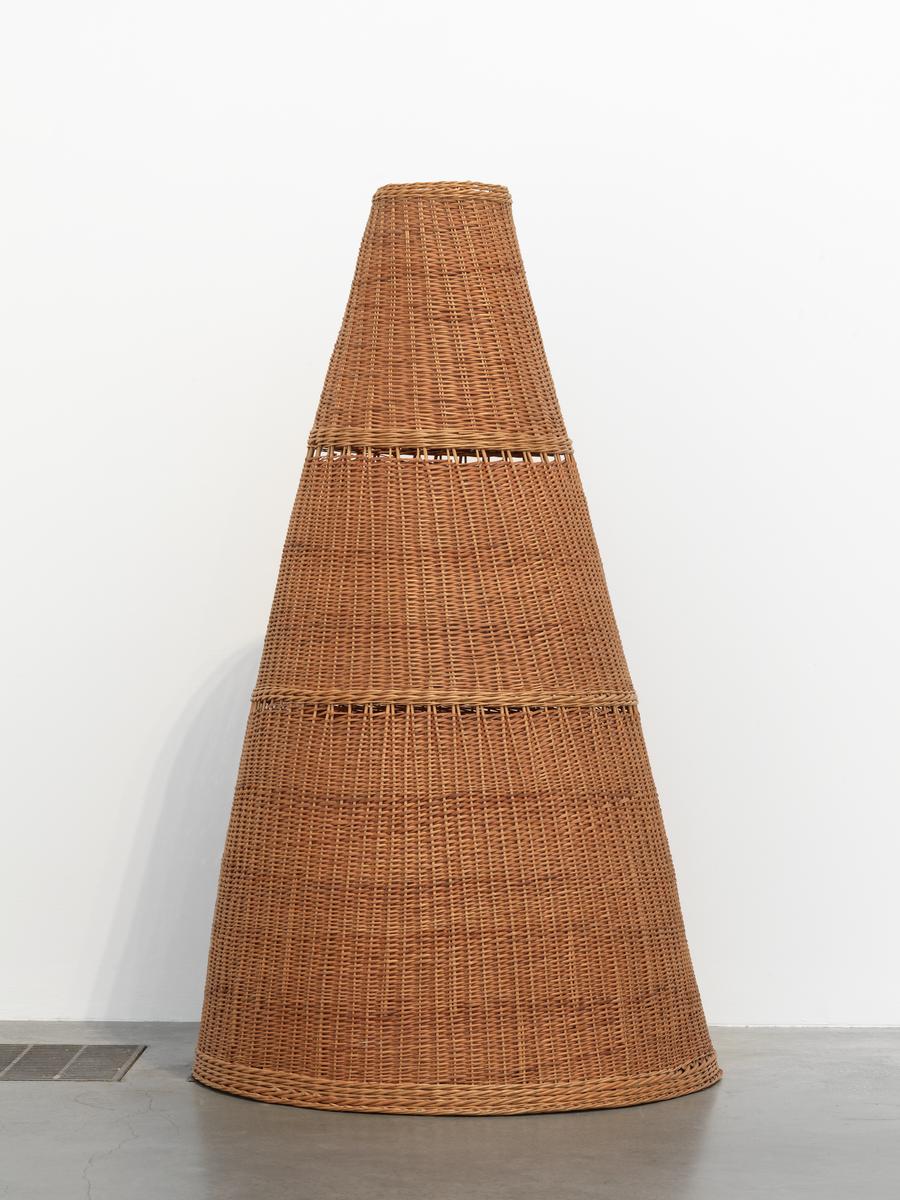11 rooms in Materials and Objects
Discover how sculptors working in Japan, Europe, and the United States in the 1970s inspired and influenced each other
The decades following the Second World War were a time of radical experimentation for Japanese artists. Many of the groups who emerged during this period focused on actions and performance. In the late 1960s, however, Jiro Takamatsu began to make sculptures that explored the inherent properties of materials such as cedar and concrete. Soon afterwards his students, including Lee Ufan and Koshimizu Susumu, started to exhibit together. Working with raw materials such as metal and wood, they laid works on the floor or leaned them against the wall, rather than using the pedestal or the frame. Instead of ‘creating’ objects, they wanted to show the world as it was by making minimal interventions on materials. In 1973 the group became known as ‘Mono-ha’, or ‘School of Things’.
These artists had a number of opportunities to exchange ideas and experiences with western artists. One of the most significant was the 1970 Tokyo Biennale, ‘Between Man and Matter’. The European and North American artists whose work is displayed here were among those who travelled to Tokyo. The exhibition enabled Japanese and western artists to meet, experience each other’s work, and share ideas.
This is one of a series of rooms at Tate Modern, each offering ‘a view from’ a different city. They focus on a period when new approaches to art-making emerged, developing locally and in dialogue with artists from other parts of the world
Art in this room
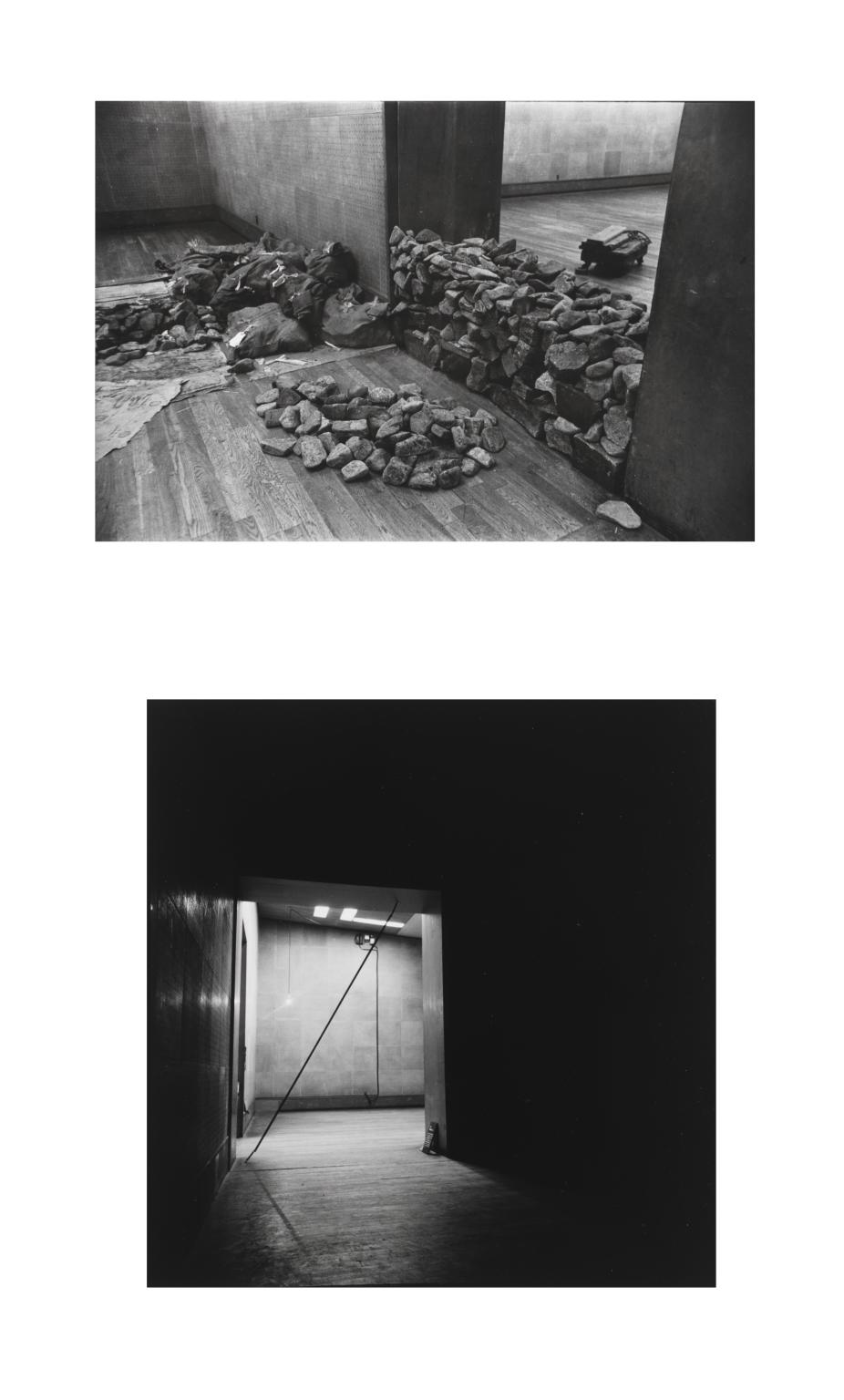
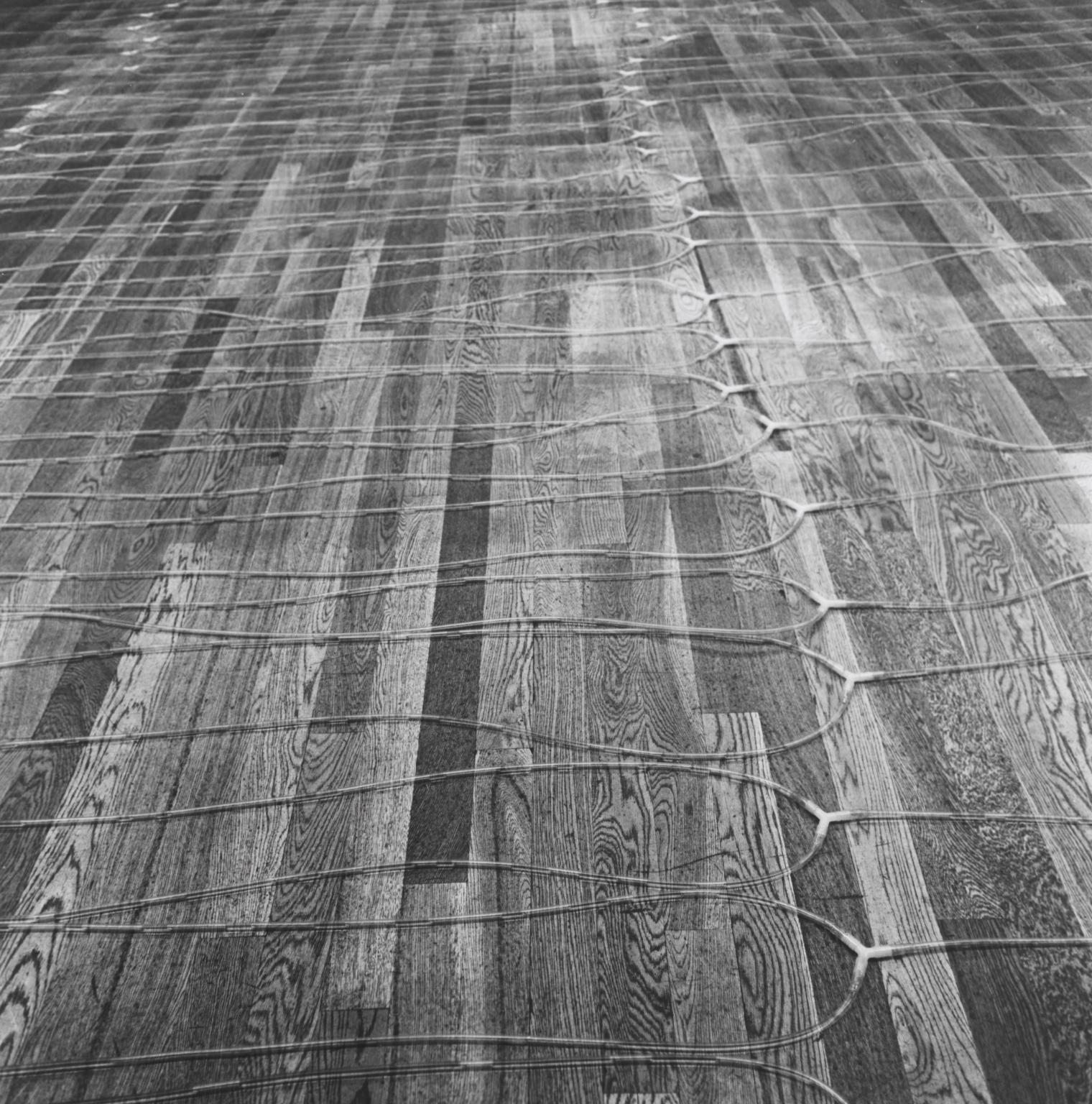
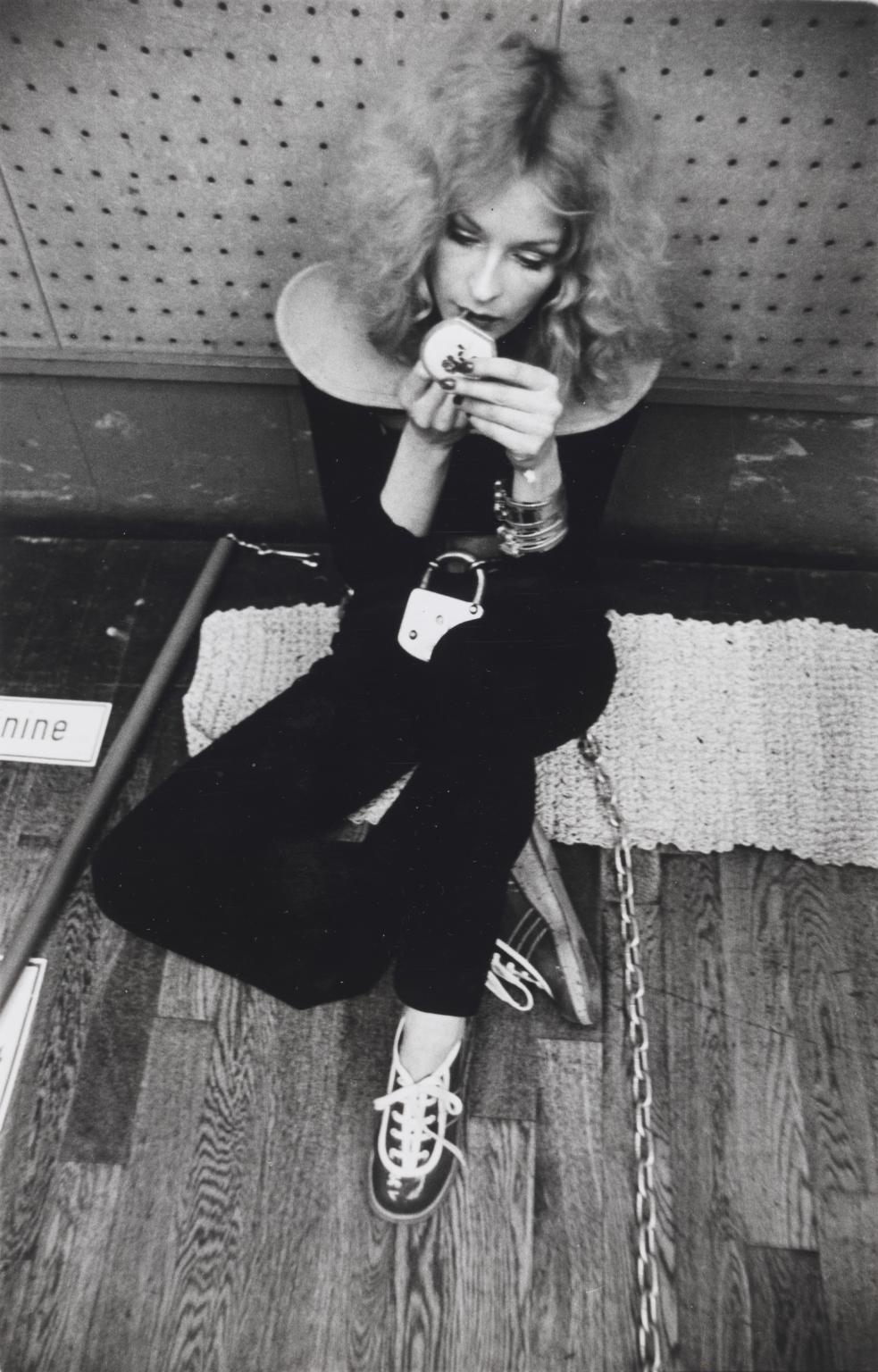
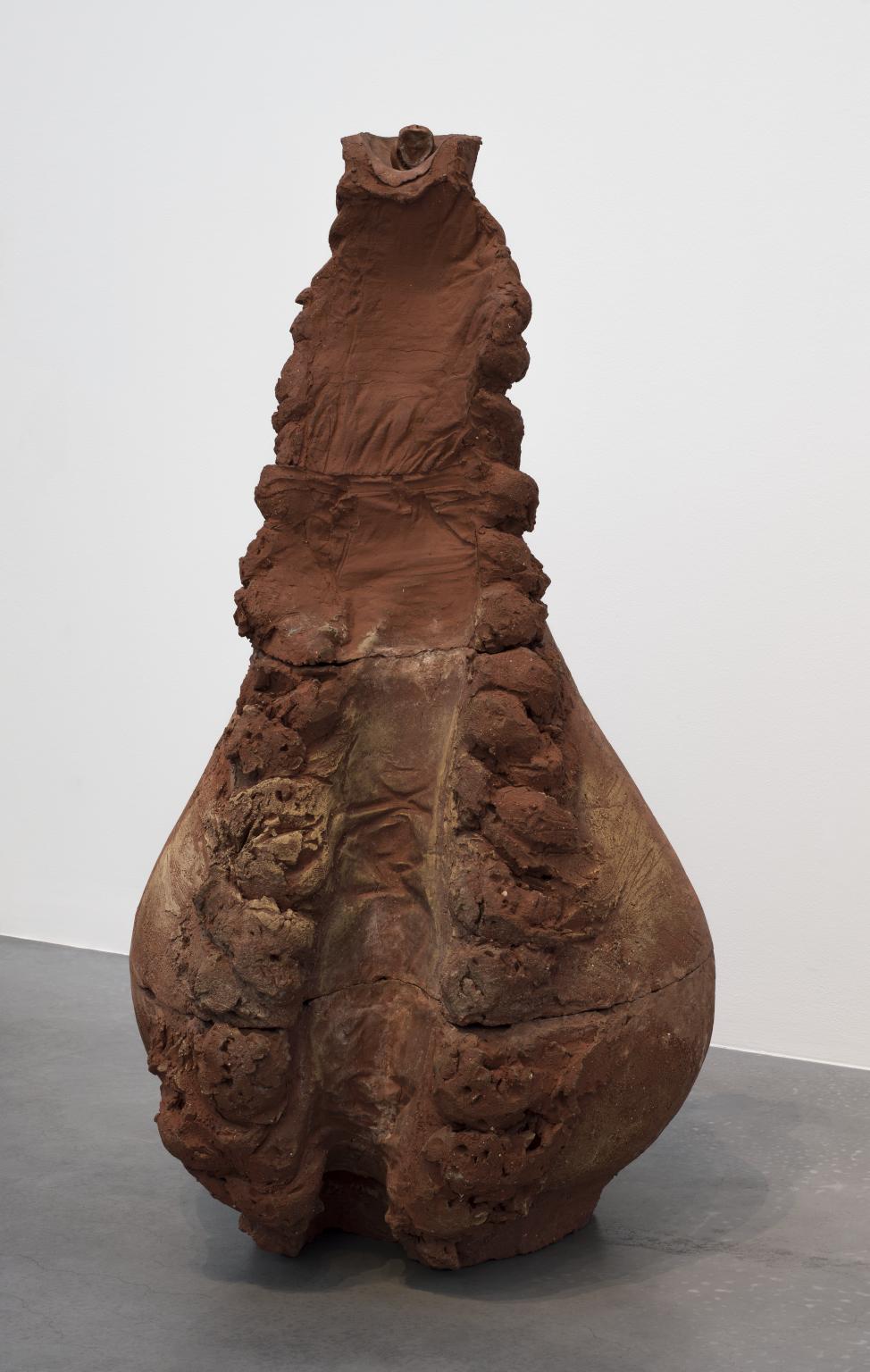

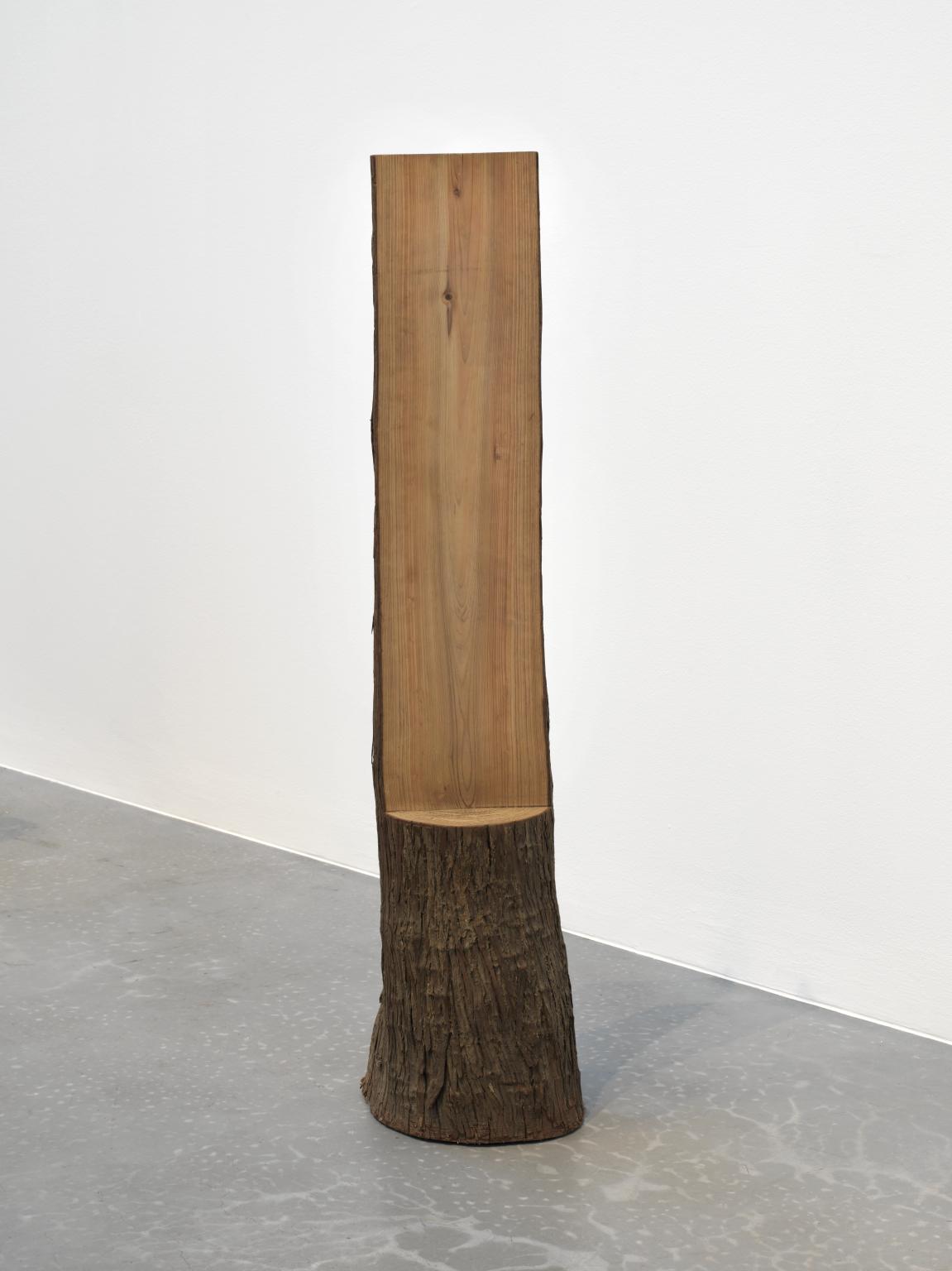
You've viewed 6/17 artworks
You've viewed 17/17 artworks

